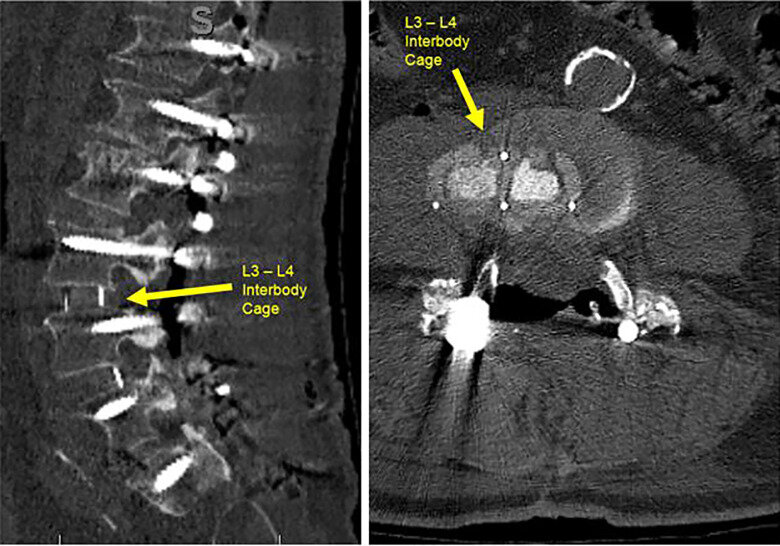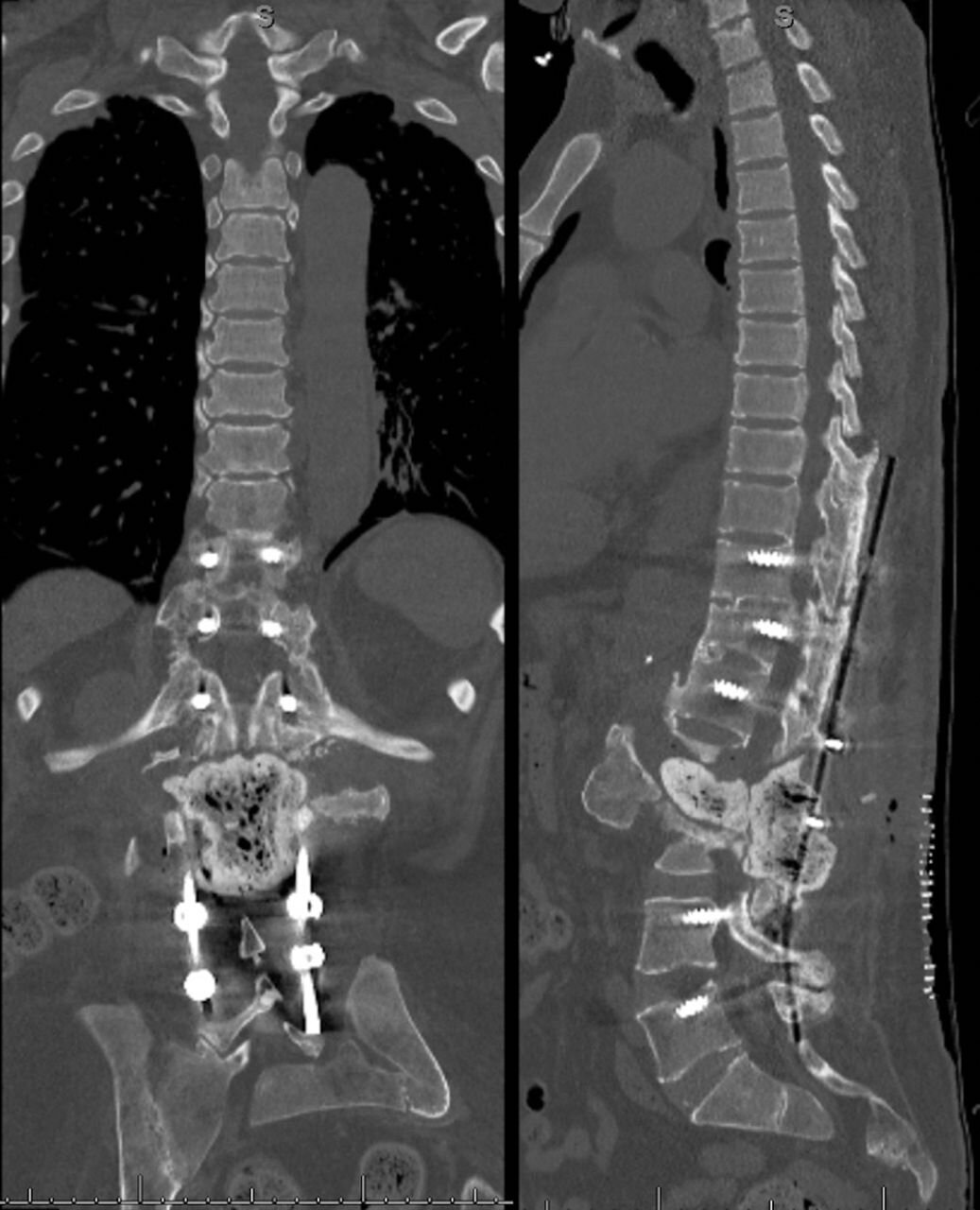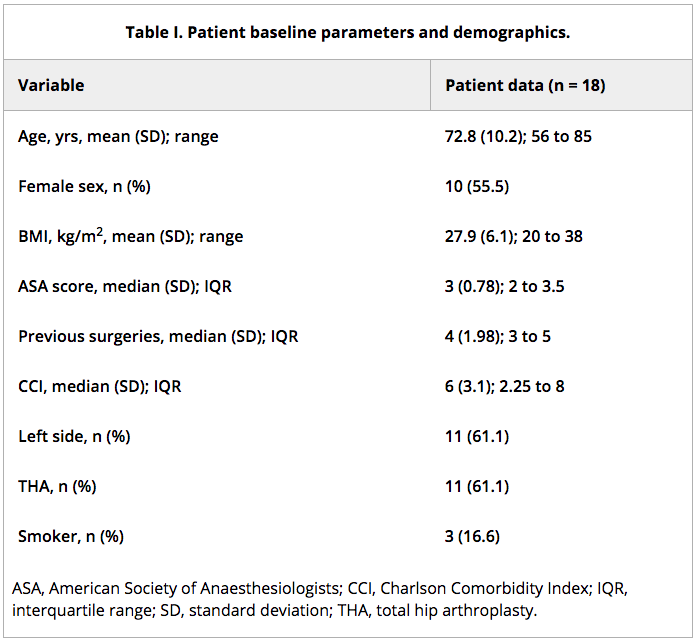Advancing neurosurgical education in the age of online learning and global knowledge sharing: impact of Cerebrovascular Q&A webinar series
The findings from this study reveal that webinar-based medical education in cerebrovascular neurosurgery is highly effective and influential. Web-based platforms and social media present a potent strategy to overcome barriers, emphasizing the need for targeted efforts to engage more women in medicine and neurosurgery recruitment.
Join the Cerebrovascular Q&A webinar series. Click here.





















